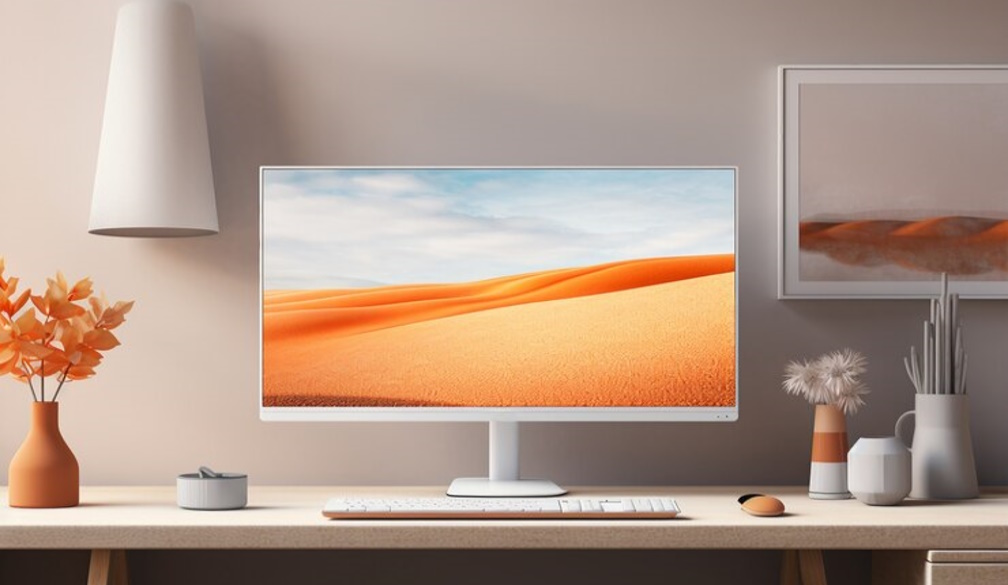What’s inflation – and how exactly do we measure it?
- Written by Kevin Fox, Professor, School of Economics; Director of the Centre for Applied Economic Research, UNSW Sydney

If the price of a cup of coffee goes up, coffee drinkers are worse off if their income doesn’t increase by at least the same amount – they have less money to spend on other things.
But if the prices of many different goods and services all go up at the same time, it can have a significant impact on people’s ability to buy the things they want or need, such as food and paying the rent.
This is inflation – a general increase in prices that reduces the purchasing power of money.
High inflation is not good for most households, nor is deflation. Low and stable inflation is generally regarded as beneficial for economic prosperity.
But how and why do we measure it?
Tracking a ‘basket’ of important items
A range of factors can cause or contribute to rising prices. Demand for certain products can exceed their supply, particularly when there are reductions in taxes or increases in government spending.
Disruptions in supply chains and tariffs on imports can also increase prices.
But how do we know if prices are going up across the whole economy, or just for some products? One popular solution is to create an aggregate measure of price changes, such as the consumer price index, or CPI for short.
The CPI measures changes in the price of products that are important to consumers, as measured by relative expenditures. It’s calculated by the Australian Bureau of Statistics (ABS).
The CPI covers a wide range of products that come under the following categories:
- food and non-alcoholic beverages
- alcohol and tobacco
- clothing and footwear
- housing
- furnishings, household equipment and services
- health
- transport
- communication
- recreation and culture
- education
- insurance and financial services.
Currently, the full CPI is constructed on a quarterly basis.
The ABS collects prices from sellers – nowadays often electronically, such as transaction data from barcode scanners at supermarket checkouts.
If information on quantities sold is available, this will also be used to understand the economic importance of particular products to consumers.
The main source of information on expenditure patterns is the Household Expenditure Survey[2].
All this information from the eight capital cities in Australia is weighted and indexed to create the CPI.
What do we use it for?
The CPI releases attract a lot of attention. They allow us to adjust welfare payments to maintain purchasing power, negotiate wage increases more fairly, and predict how costs are likely to change over time.
Most importantly though, the figure is instrumental in determining interest rates.
Our central bank – the Reserve Bank of Australia (RBA) – has the legislated responsibility to keep inflation between 2-3% per year. But because it cannot control things like taxes and government spending, the key way it does this is by adjusting interest rates.
The Reserve Bank sets the target cash rate – the interest rate on overnight loans between banks. Increasing this rate increases the costs to banks of borrowing.
Banks pass this cost on, charging their customers higher interest rates. By increasing the cost of mortgage repayments and discouraging consumers from borrowing money for spending, this reduces consumer demand for products and can help lower inflation.
Headline versus underlying
The CPI is unlikely to be the inflation rate faced by any one individual – we all spend differently. It’s even possible to construct your own inflation rate, if you keep thorough spending records and understand the index methodology.
But the CPI is not the only measure of inflation that is produced. It is often referred to “headline” inflation, to contrast it with measures of “underlying” inflation. Underlying inflation can better represent persistent domestic inflationary pressures which may need a policy response.
Why can’t we always trust headline CPI? Some items prone to weather conditions or supply shocks, such as fruit and petrol, can face sharp, volatile price movements that skew the headline figure. Excluding them from the calculation can reveal underlying inflation conditions.
Alternatives take a statistical approach to adjusting the headline rate, such as the trimmed-mean and weighted median estimates produced by the ABS and used by the RBA.
By excluding certain items, these measures don’t reflect full changes in the cost of living faced by households – but neither does headline CPI.
Other ‘flations
You’ll often hear other inflation-related terms bandied about in the news. Here’s a helpful guide to a few of them:
Deflation
This is negative inflation. This can be bad as consumers will delay purchases as they wait for prices to fall further, leading to economic stagnation.
Disinflation
Inflation is still positive (overall prices are going up), but the rate of inflation decreases. If inflation was 4% and falls to 3%, this is disinflation, not deflation.
Stagflation
The economy simultaneously has stagnant growth, high inflation and high unemployment. This is rare, but famously happened during the oil crisis of the 1970s.
Hyperinflation
The annual rate of inflation in Argentina is currently 271.5%. In 2018 in Venezuela, it was over 1,000,000% per month. This is hyperinflation. The costs of this are enormous.
Even with moderately high inflation, consumers are unable to differentiate relative price changes from general price changes in their consumption choices. With hyperinflation, money becomes virtually worthless.
This article is part of The Conversation’s “Business Basics[4]” series where we ask experts to discuss key concepts in business, economics and finance.
References
- ^ RDNE Stock project/Pexels (www.pexels.com)
- ^ Household Expenditure Survey (www.abs.gov.au)
- ^ Engin Akyurt/Pexels (www.pexels.com)
- ^ Business Basics (theconversation.com)
Read more https://theconversation.com/whats-inflation-and-how-exactly-do-we-measure-it-235673















